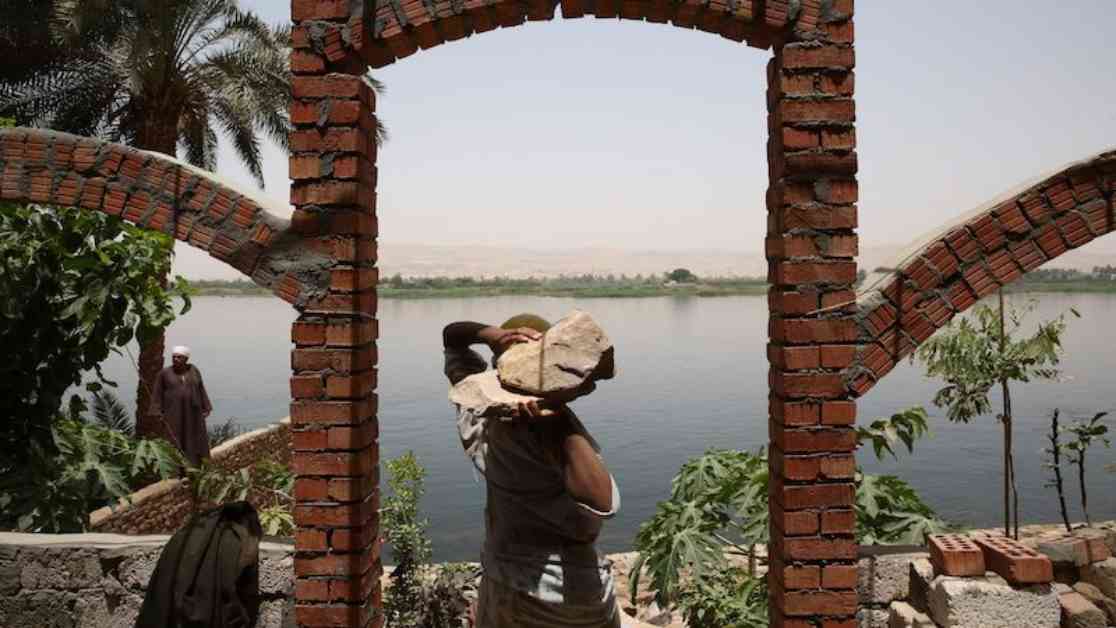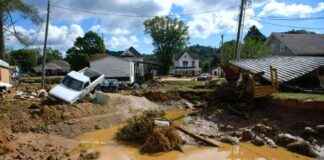The World Bank Raises $100 Billion for Poorest Countries – A Game-Changer in Climate Resilience Financing
In a groundbreaking move, donor countries have stepped up to pledge $23.7 billion to the International Development Association (IDA) in a replenishment meeting held in Seoul, South Korea. This significant contribution marks the largest ever fundraising round for the World Bank’s lending arm dedicated to the world’s poorest countries, bringing the total funding target to an impressive $100 billion.
Stretching Donors’ Money and Impact
Through innovative financial engineering methods, the World Bank plans to leverage these contributions to reach the $100 billion mark. This includes strategies such as borrowing from markets and capital optimization for lending purposes. The funds will be deployed through grants and concessional loans to 78 impoverished and vulnerable nations, addressing critical issues like climate change, food insecurity, and conflict under the overarching theme of “ending poverty on a livable planet.”
Challenges Amidst Celebrations
While the achievement of the $100 billion target is cause for celebration, experts caution that rising inflation has diminished the real value of this figure compared to previous rounds. Amy Dodd, a fellow at think-tank E3G, expressed mixed sentiments, acknowledging the success of the replenishment in light of global budget cuts and spending constraints faced by many donor countries.
Key Contributors and Future Prospects
The United States, under the Biden administration, has pledged $4 billion to the cause, with other countries like the United Kingdom, Denmark, Latvia, Spain, and Poland making significant contributions. However, challenges lie ahead as the disbursement of funds may face hurdles in the US Congress under the incoming Trump administration.
Impacting Climate Crisis and Future Goals
The IDA’s critical role in addressing the climate crisis cannot be overstated, with a substantial portion of its investments targeted at building climate resilience in vulnerable communities worldwide. Looking ahead, the World Bank has committed to allocating 45% of its overall funding to climate projects by mid-2025, setting ambitious goals for climate finance and sustainability.
In conclusion, the IDA replenishment represents a significant milestone in climate finance and global development efforts. With the collective generosity of donor countries and the crucial role played by multilateral development banks, the path towards achieving $300 billion a year in financial support for developing nations by 2035 is becoming clearer. As we navigate the complexities of global finance and climate action, the IDA’s impact will continue to be felt in the lives of millions around the world.














